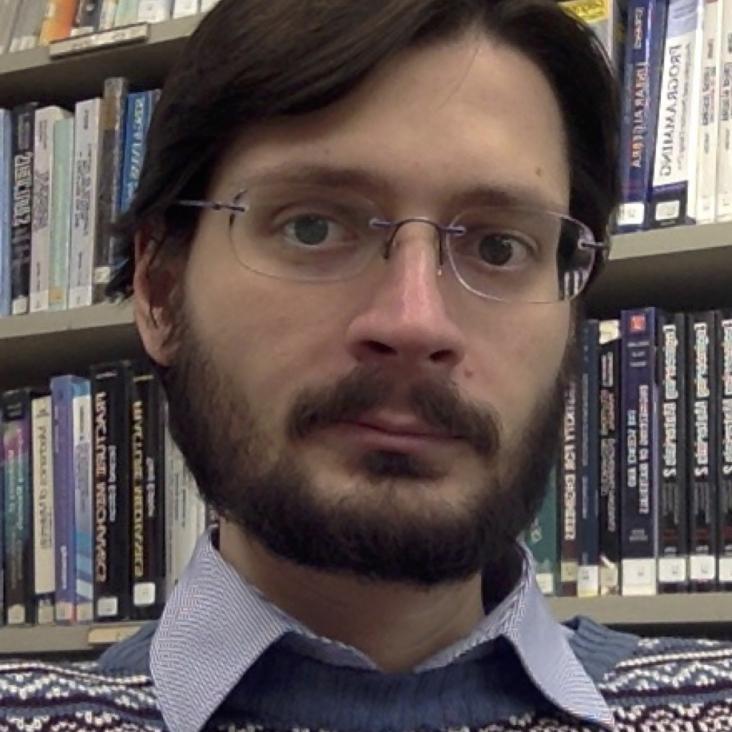Generating Functions for Line Bundle Cohomology Dimensions on Complex Projective Varieties
Cohomology Chambers on Complex Surfaces and Elliptically Fibered Calabi–Yau Three-Folds
Abstract:
We determine several classes of smooth complex projective surfaces on which Zariski decomposition can be combined with vanishing theorems to yield cohomology formulae for all line bundles. The obtained formulae express cohomologies in terms of divisor class intersections, and are adapted to the decomposition of the effective cone into Zariski chambers. In particular, we show this occurs on generalised del Pezzo surfaces, toric surfaces, and K3 surfaces. In the second part we use these surface results to derive formulae for all line bundle cohomology on a simple class of elliptically fibered Calabi–Yau three-folds. Computing such quantities is a crucial step in deriving the massless spectrum in string compactifications.Enumerating Calabi‐Yau manifolds: placing bounds on the number of diffeomorphism classes in the Kreuzer‐Skarke list
Abstract:
The diffeomorphism class of simply connected smooth Calabi-Yau threefolds with torsion-free cohomology is determined via certain basic topological invariants: the Hodge numbers, the triple intersection form, and the second Chern class. In the present paper, we shed some light on this classification by placing bounds on the number of diffeomorphism classes present in the set of smooth Calabi-Yau threefolds constructed from the Kreuzer-Skarke (KS) list of reflexive polytopes up to Picard number six. The main difficulty arises from the comparison of triple intersection numbers and divisor integrals of the second Chern class up to basis transformations. By using certain basis-independent invariants, some of which appear here for the first time, we are able to place lower bounds on the number of classes. Upper bounds are obtained by explicitly identifying basis transformations, using constraints related to the index of line bundles. Extrapolating our results, we conjecture that the favorable entries of the KS list of reflexive polytopes lead to some (Formula presented.) diffeomorphically distinct Calabi-Yau threefolds.Computation of quark masses from string theory
Decoding nature with nature’s tools: heterotic line bundle models of particle physics with genetic algorithms and quantum annealing
Abstract:
The string theory landscape may include a multitude of ultraviolet embeddings of the Standard Model, but identifying these has proven difficult due to the enormous number of available string compactifications. Genetic Algorithms (GAs) represent a powerful class of discrete optimisation techniques that can efficiently deal with the immensity of the string landscape, especially when enhanced with input from quantum annealers. In this letter, we focus on geometric compactifications of the E8×E8 heterotic string theory compactified on smooth Calabi-Yau threefolds with Abelian bundles. We make use of analytic formulae for bundle-valued cohomology to impose the entire range of spectrum requirements, something that has not been possible so far. For manifolds with a relatively low number of Kähler parameters, we compare the GA search results with results from previous systematic scans, showing that GAs can find nearly all the viable solutions while visiting only a tiny fraction of the solution space. Moreover, we carry out GA searches on manifolds with a larger numbers of Kähler parameters where systematic searches are not feasible.


